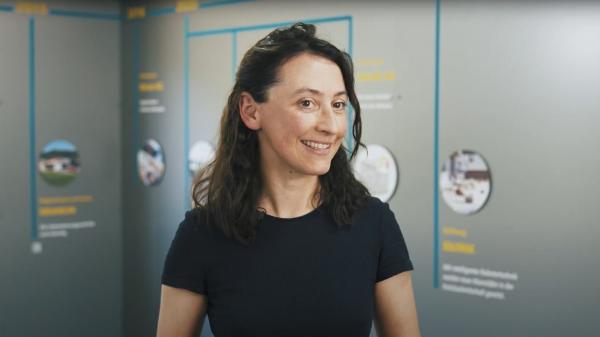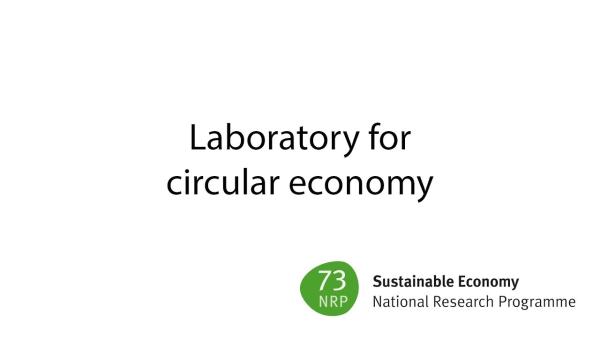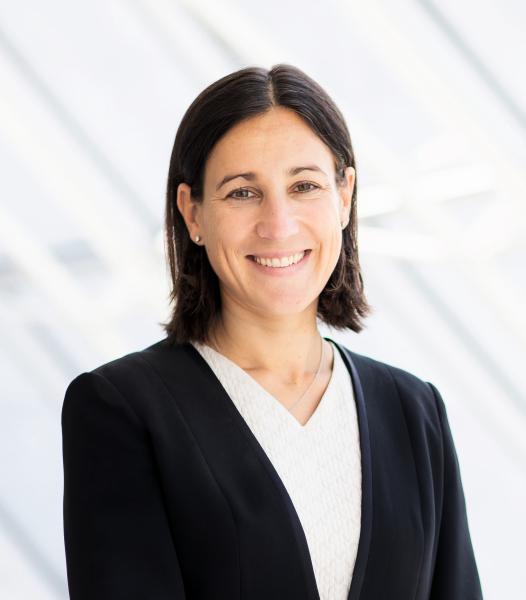Laboratory for circular economy
LACE focussed on interdisciplinary research to show under which economic, legal, political, ecological and technical conditions a sustainable economy in the form of a circular economy can be both ecologically beneficial and economically profitable. Three PhD students and their suprevisors worked on this question in an interdisciplinary manner.

Background
Our current economic system is primarily based on a linear principle. Consequences are the generation of waste and the overusage of natural resources. Circular economy (CE) – an economic system which aims to keep products, components and materials at their maximum utility and value at all times – is a very important lever for solving our environemental problems. However, so far our society is still struggling to implement CE on a broad basis – studies show that our world is only 8.6% circular, leaving a massive Circularity Gap (Circularity Gap Report 2021).
Aims
Objective of this inter- and trans-disciplinary project was to work out principles that help Swiss companies to successfully implement a sustainable circular economy. In this regard, we were working together with six bigger and smaller partner companies (Losinger Marazzi, Nespresso, V-Zug, Dr. Gabs, SV Group and Tisca Tiara) and developed tools and approaches to support implementation of a CE for these companies from three different perspectives – the material and energy requirements, the legal and administrative framework and the business model perspective.
Results
Not reducing our impact similar to an infringement on fundamental rights
A sustainable CE in Switzerland would make it possible to guarantee, in the medium term, the exercise of fundamental freedoms enshrined in the Swiss Constitution: human dignity (Art. 7), right to life (Art. 10), economic freedom (Art. 27), guarantee of property (Art. 26). Indeed, in view of the climate emergency and the overstepping of other planetary limits, not reducing the impact of our systems has an anticipated effect similar to an infringement of fundamental rights ("eingriffsähnliche Vorwirkung").
Better implementation of constitutal principles on sustainability
A sustainable CE also allows for better implementation of various principles already enshrined in our federal Constitution, in particular those of prevention and precaution (Art. 74 para. 2) and sustainability (Arts. 2, 73), which in turn allows for better implementation of other provisions such as sustainable energy supply (Art. 89), sustainable agriculture (Art. 104, 104a), etc. The polluter-pays principle (Art. 74 para. 2) should be implemented such that prices reflect these global limits by adopting market mechanisms for internalising externalities that exceed global limits (e.g. taxes on footprint or quotas). This would guarantee a sustainable CE within our liberal economic order (Art 94).
Companies must align their business with circular economy models
To do so, companies must innovate their business models and align them with the principles of CE. Central to this is the understanding that business models must encompass value generation, value creation, and value capture in line with the CE. Since a company is often unable to carry out all of the necessary value creation steps on its own, it is dependent on interaction with other players, especially companies. The individual business models along the value-creation steps need to be coordinated and aligned, and a joint value proposition and circular product design needs to be established. Cross-company circular products and solutions can thus be implemented. Thanks to capable orchestrators in these so-called circular ecosystems, the business operations can stay within planetary boundaries and overcome given barriers within and outside companies.
Implications for research
Taking a systemic and global view, this project made several advances in terms of the requirements that need to be met to makeCE sustainable. Methods were developed to connect global environmental boundary criteria with product and service design, as well as for designing transitions. Entrepreneurial opportunities for the formation of business models in circular ecosystems, as well as the links between the regulatory framework and the transition towards a sustainable CE in Switzerland, have been comprehensively mapped, highlighting the hindering and enabling factors and including proposals to overcome them. Approaches have been developed to address the responsibility of the state to take measures for maintaining our life support sytem and to overcome the apparent conflict between them and fundamental rights related to economic activities.
Implications for practice
The project created different tools to help designers consider absolute environmental sustainability as regards products/services. It demonstrated practical opportunities and tools for managers and project staff involved in implementing circular business models to help them overcome obstacles that impede transition. These included the identification of 40 Circular Ecosystem Patterns and a navigator process to support the transition process. Furthermore, the project created tools for policy design and presented many proposals for Swiss policymakers on how to adapt the regulatory framework for a sustainable CE that respects planetary boundaries, while also presenting arguments to legitimate these interventions.
Publications
Project leaders
Prof. Dr. Karolin Frankenberger
Executive School of Management, Technology and Law; Universität St. Gallen
Dr. Roland Hischier
Empa
Prof. Dr. Stéphane Nahrath
Institut de hautes études en administration publique (IDHEAP), Université de Lausanne
Prof. Dr. Anne-Christine Favre
Faculté de droit, des sciences criminelles et d'administration publique, Université de Lausanne
Project partners
Dr. Gabs
Losinger Marazzi
Logitech
Nespresso
SV Group
Tisca Tiara
V-Zug
sanu durabilitas
Schweizerische Stiftung für nachhaltige Entwicklung (Transfer partner)



